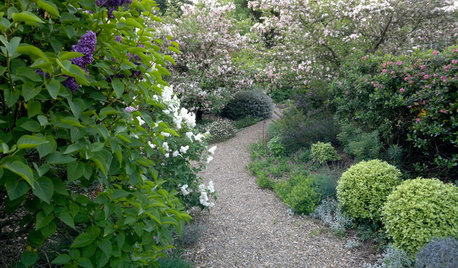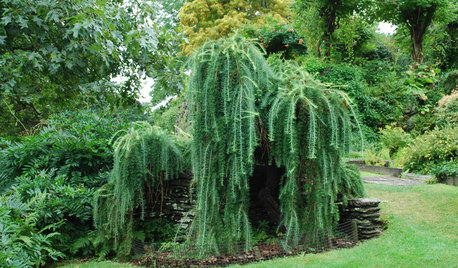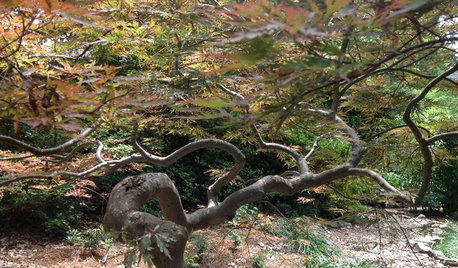root prune an acer palmatum dissectum?
bobb_grow
13 years ago
Related Stories

GARDENING AND LANDSCAPINGGreat Design Tree: Japanese Maple
Lacy form and fiery fall color make Japanese maple a welcome tree for garden or patio
Full Story
TREES11 Japanese Maples for Breathtaking Color and Form
With such a wide range to choose from, there’s a beautiful Japanese maple to suit almost any setting
Full Story
FALL GARDENING6 Trees You'll Fall For
Don’t put down that spade! Autumn is the perfect time for planting these trees
Full Story
GARDENING GUIDES12 Japanese Maples for a Sunny Garden
The right maple in the right place shines in hot summer sun
Full Story
LANDSCAPE DESIGNPretty Trees for Patios, Paths and Other Tight Spots
Choose trees for their size, shape and rate of growth — or shape them to fit your space. Here's how to get started
Full Story
GARDENING GUIDES5 Best-Behaved Trees to Grace a Patio
Big enough for shade but small enough for easy care, these amiable trees mind their manners in a modest outdoor space
Full Story
LANDSCAPE DESIGNSee a Lush Australian Garden That Needs Little Water
Highly self-sufficient and sustainable, this oasis near Sydney offers something special around every corner
Full Story
GARDENING GUIDESGrow Your Own Privacy: How to Screen With Plants and Trees
Use living walls to lower your home and garden's exposure while boosting natural beauty in your landscape
Full Story
GARDENING GUIDESGreat Design Plant: Larix Decidua ‘Pendula’
Soft, graceful and sculptural, weeping larch is a star in northern U.S. gardens
Full Story
FALL GARDENINGA Garden With a Love Story
Over 23 years, a North Carolina couple has created an inviting, magical garden that harmonizes with its woodland setting
Full Story







dottyinduncan
Embothrium
Related Professionals
Salem Landscape Contractors · Waterbury Landscape Contractors · Allentown Landscape Contractors · Ashburn Landscape Contractors · Florham Park Landscape Contractors · Mesa Landscape Contractors · Newberg Landscape Contractors · Parkland Landscape Contractors · Ramsey Landscape Contractors · Tuscaloosa Landscape Contractors · Vineyard Landscape Contractors · Paramount Fence Contractors · Peoria Fence Contractors · Thousand Oaks Fence Contractors · La Mirada Fence Contractorsbobb_growOriginal Author
botann
Embothrium